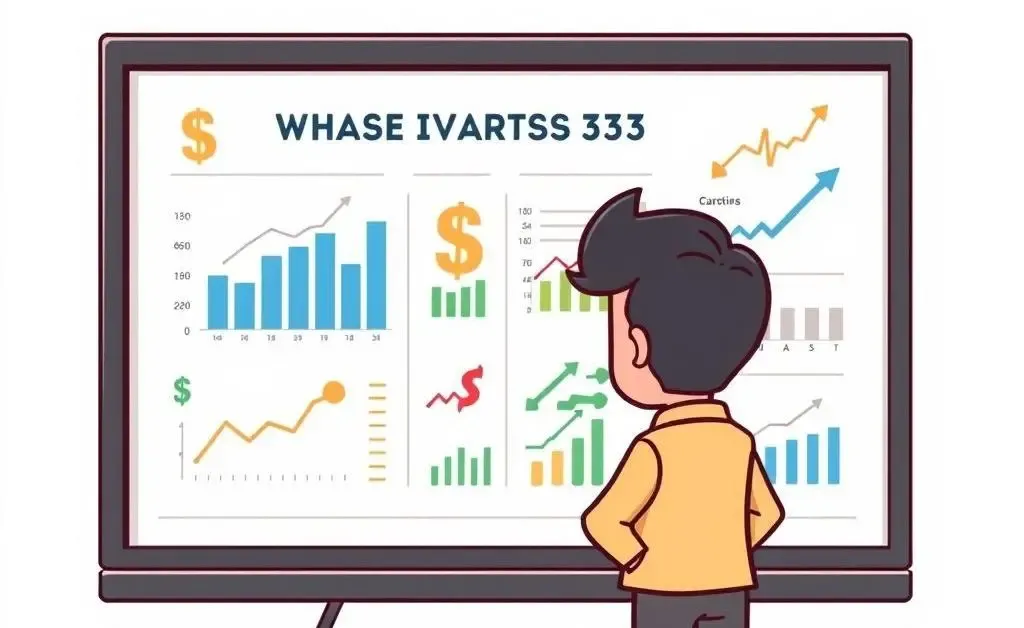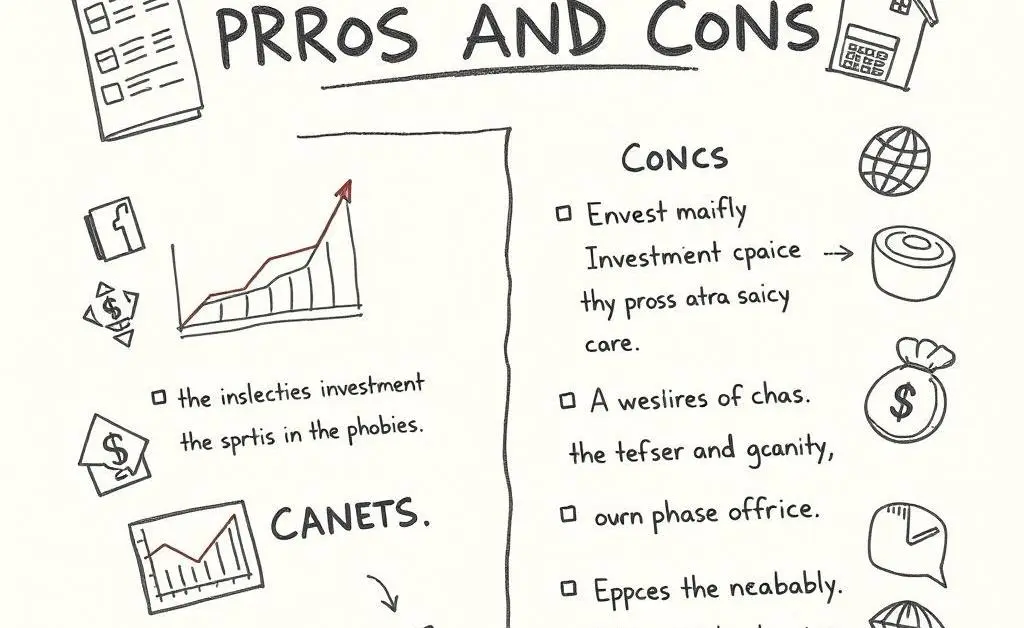Smart Money Moves: Where to Invest $60k Without a Job
Learn smart ways to invest $60,000 when you're between jobs. Explore options like ETFs, savings accounts, and more.

So, you’ve found yourself with $60,000 to invest, but there’s a twist: you’re currently out of a job. It might feel a bit like balancing on a tightrope without a safety net, right? Don’t worry, I’ve got you covered. Let’s talk about some smart ways to manage and grow your money in this unique situation.
Why Investing Wisely Matters
First thing’s first, the goal here isn’t just to stash your cash under the mattress. The dollars you have today should ideally be worth more tomorrow. And with $60k, you’ve got a pretty solid starting base. So, what should you consider?

Exploring Your Investment Options
1. High-Yield Savings Accounts
The safest bet is parking some of that money in a high-yield savings account. Although returns aren’t groundbreaking, your funds are liquid, meaning you can access them whenever you need. Think of this as your safety net.
2. Stock Market via ETFs
If you’re comfortable with a bit more risk, investing in Exchange-Traded Funds (ETFs) can be a great option. They offer diversification and typically lower fees compared to mutual funds. Plus, you don’t need to be a market wizard to get started.
3. Bonds - Your Safe Middle Ground
Consider bonds if you’re looking for stability with better returns than a savings account. Bonds can be your middle ground, providing regular interest income and contributing to a stable growth in your portfolio.

4. Real Estate Crowdfunding
Ever thought about dipping your toes into real estate? Platforms like Fundrise allow you to invest in real estate projects with relatively small amounts of money. It’s a way to participate in real estate investing without needing to buy an entire property.
Setting Your Financial Goals
Before making any decisions, consider your own financial goals and risk tolerance. Are you saving for short-term needs, or is this a long-term investment plan? Perhaps explore creating a diversified portfolio that aligns with your financial planning needs.

Wrapping Up
Being between jobs doesn’t mean you can’t be money-savvy. Think of this time as an opportunity to review your financial strategies and set yourself up for future success. What steps will you take to manage your $60k? Drop a comment below with your thoughts!




